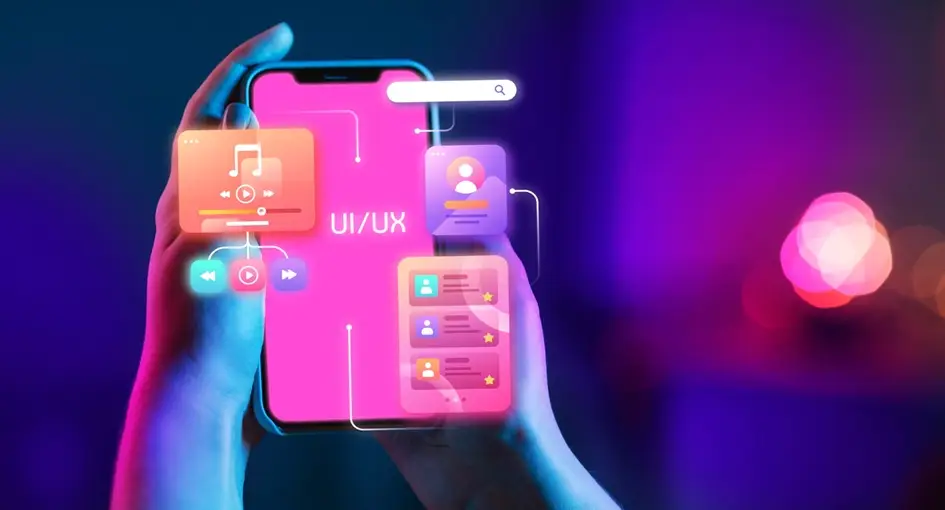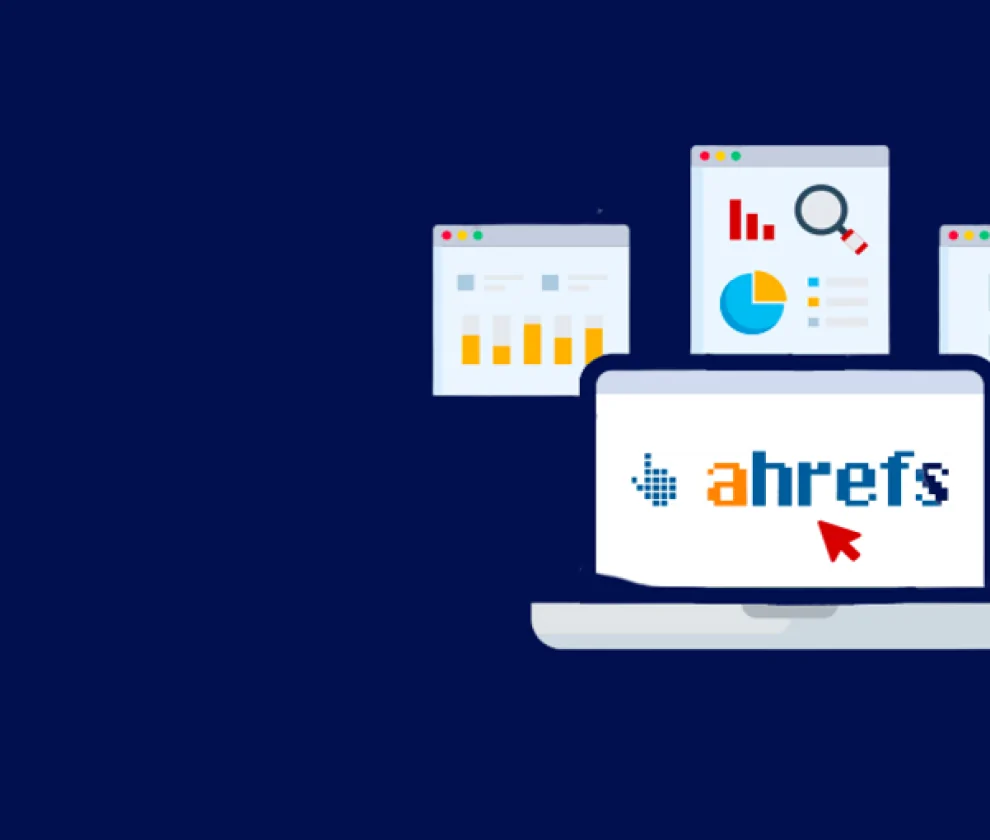
App Development Trends 2025 Every Tech Leader Should Know
If you’re a tech leader, product manager, or digital entrepreneur, you probably don’t need reminding that the digital world never slows down. But 2025? This year feels different. It’s not just another milestone on the calendar, it’s a major turning point for how we build, launch, and scale apps. We’re not only talking about sleeker designs or smarter algorithms. The future of mobile app development trends 2025 is shifting from reactive upgrades to proactive, intelligent ecosystems. Customers no longer just expect convenience, they demand hyper-personalization, lightning-fast speed, and intelligent features that feel like magic.
The latest mobile app development technologies are being driven by artificial intelligence, immersive experiences, and seamless cloud-native platforms. Whether you’re building the next social platform or streamlining internal enterprise tools, the decisions you make now will shape your relevance in an increasingly competitive market. This article is your inside scoop on what’s truly shaping the year ahead. From Android app development trends 2025 to cross-platform frameworks and everything in between, we’ll break down the movements every tech leader needs to track. You’ll also find insights useful for preparing investor decks, product roadmaps, and maybe even a few ideas for your next app development trends 2025 PDF download.
1. App Development Trends 2025: AI Is No Longer a Trend, It’s the Foundation
Artificial Intelligence is no longer the shiny add-on that impresses investors. In 2025, AI has fully woven itself into every stage of app development. From auto-generating code snippets to real-time user behavior tracking, apps are being built smarter and faster. Voice assistants are getting an IQ boost, AI-generated content is helping developers cut costs, and smart analytics are guiding feature development before user complaints even show up. If you’re planning your roadmap, factor in AI as a core part of your build strategy. It’s not optional anymore, it’s expected.
2. Cloud-Native Is the New Standard
If you’re still relying on traditional back-end structures, you’re falling behind. Software development trends 2025 are being led by the rise of cloud-native apps. This means building with scalability, automation, and microservices baked in from day one. Cloud-native approaches allow for rapid iteration, smoother deployment, and cost-effective scaling. Whether you’re deploying to millions or hundreds, the infrastructure should scale with your ambition, not slow you down.
3. Cross-Platform Dominance With Smarter Frameworks
Thanks to smarter frameworks like Flutter and React Native’s new enhancements, the performance gap between native and cross-platform is shrinking. Developers can now deliver consistent, high-quality experiences across Android and iOS without juggling multiple codebases. Expect to see more adoption of this approach in enterprise and startup environments alike. If you’re exploring Android app development trends 2025, know that even Google’s own development tools are leaning more toward universal compatibility without sacrificing speed or user experience.
4. 5G Is Supercharging User Expectations
5G is not just about faster downloads, it’s completely changing what users expect from mobile experiences. Laggy load times or stuttering animations are simply unacceptable now. This impacts how apps are designed, built, and deployed. It means developers can finally push more immersive AR features, real-time multiplayer gaming, and high-resolution video processing directly on mobile. As a tech leader, your challenge is no longer figuring out if your app can do something cool, but how fast and smoothly it can do it on a 5G network.
5. Privacy-First Design Is a Must
As regulations tighten and users grow more aware of data security, privacy-first design is not just about compliance, it’s a selling point. Privacy isn’t a backend issue anymore. It’s part of the design, the messaging, and the user flow. Tech leaders need to include privacy in the UX conversation early, not after a legal review. The trend now is to show users their data is safe, not just tell them.
6. Progressive Web Apps Are Getting More Love
PWAs now provide a nearly native experience without the app store barriers because of improvements in offline capability and browser capabilities. For brands that want to reach without the headache of app store approval, PWAs are a smart move. Plus, they’re easier to update, discoverable via search, and work across devices. This is a key point in the mobile app trends discussion that forward-thinking product teams should be exploring.
7. App Development Trends 2025: Contextual and Predictive UX Takes Center Stage
Apps are no longer just about what users want, they’re about predicting what users need before they ask. Contextual UX powered by machine learning and real-time data is becoming a norm. Think of apps that adjust their interface based on time of day, user mood, or location. Or predictive typing, smart content recommendations, and automation based on user behavior. If your app still treats all users the same, it’s going to feel outdated by next year. The future of mobile app development is personal, intuitive, and emotionally intelligent.
In the end, you don’t need to chase every shiny new feature to stay ahead in 2025. But ignoring the trends reshaping how users interact with technology is no longer an option for leaders who want to stay relevant. This year’s winners will be the ones who make smart bets on the latest mobile app development technologies, integrate user-first thinking, and treat innovation as an ongoing strategy rather than a checkbox. Bookmark this list, share it with your team, or save it as an app development trends 2025 PDF to reference as you shape your vision. Because in 2025, apps are more than tools. They’re experiences, ecosystems, and revenue engines. And you’re the one leading the charge.




